Description
High quality reproduction in reconstituted marble (resin + marble powder and grain). Aged patinas with natural earths. Reproductions inspired by antique models.
Reproduction dimensions: Height: 7 cm. Width: 14 cm.
Androcephalous bull from the Neo-Sumerian period (ca. 2130 BC) found in the city of Girsu (present-day Tello, Iraq). The original is in the Louvre Museum.
Mesopotamian mythology is populated by genies and hybrid beings. The image of a bull with a human head was often depicted, especially on seals, as a personification of the mountains of the East, the source of the morning sun.
Placidly lying down, this bull is wearing a tiara with three rows of horns, like those worn by divinities. It seems to be a passive entity, a beneficent power linked to the principle of fecundity and fertility. The back of the statuette is furrowed by a small cavity in which it is thought that grains of incense or drops of perfume were placed as offerings to the gods.




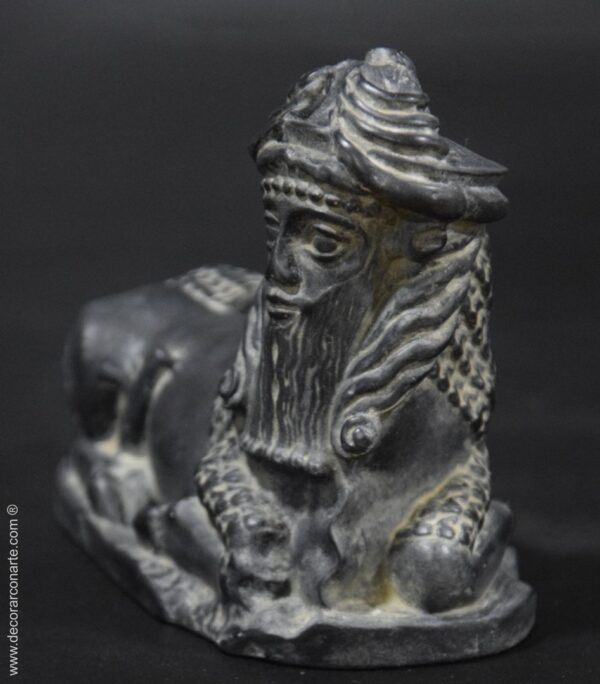

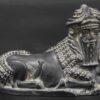




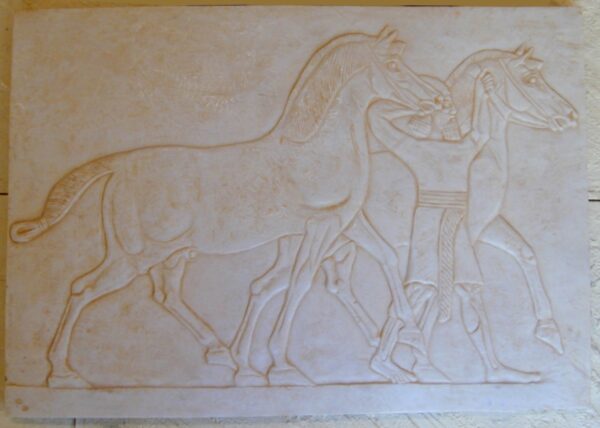

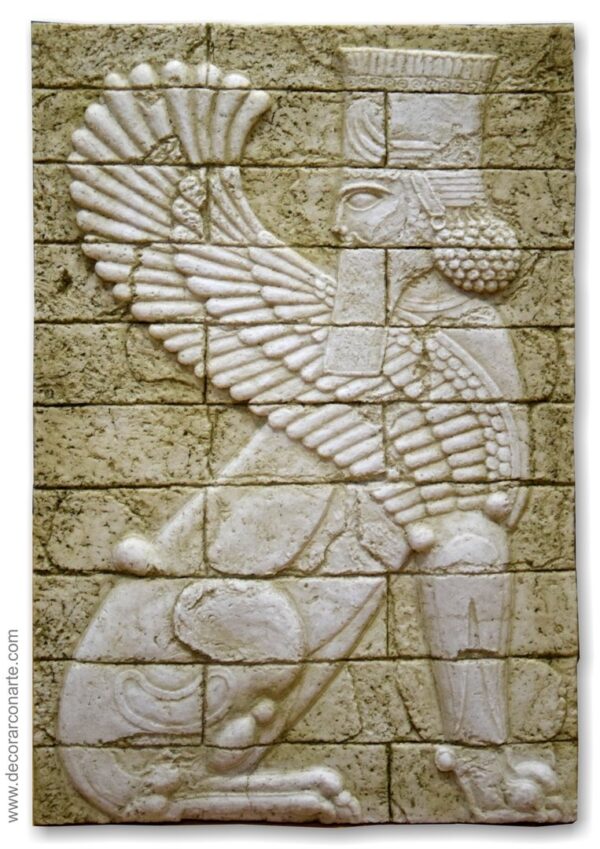


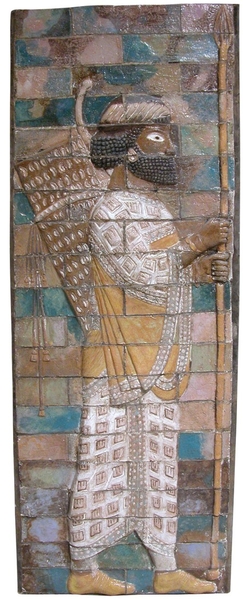
Reviews
There are no reviews yet.